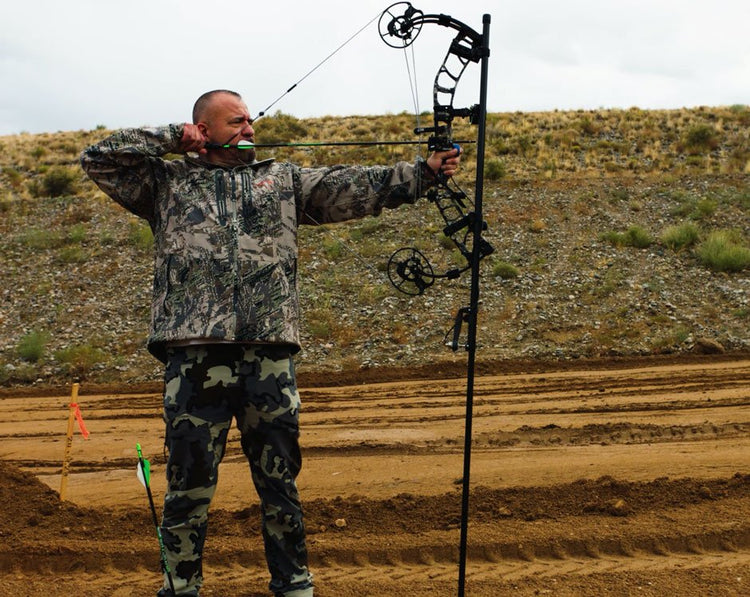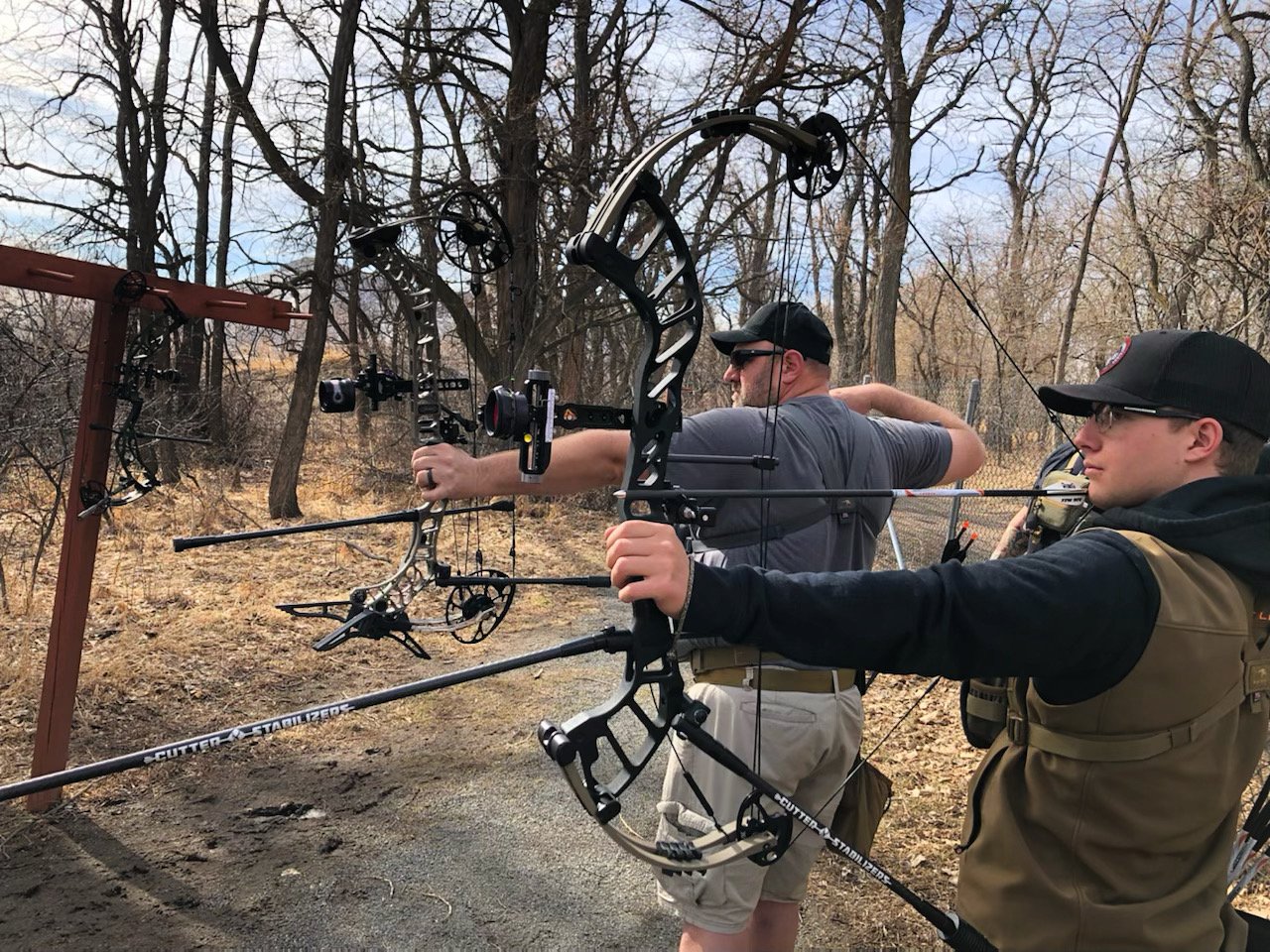Boost Your Shooting Efficiency with Top-Rated Bow Stabilizers
Boost Your Shooting Efficiency with Top-Rated Bow Stabilizers
Blog Article
Optimize Your Archery Accuracy With These Bow Stabilizer Techniques
One vital component that can considerably influence your performance is the correct utilization of bow stabilizers. Whether you are a seasoned archer looking to refine your abilities or a novice excited to boost your accuracy, mastering these bow stabilizer methods might be the trick to striking your mark with exceptional consistency.
Benefits of Utilizing Bow Stabilizers
Using bow stabilizers can dramatically improve an archer's precision and total efficiency by lessening bow torque and vibration. Furthermore, bow stabilizers moisten resonance, which not just enhances the comfort of capturing yet likewise stops the bow from jumping upon launch, hence helping in maintaining correct purpose.
Moreover, bow stabilizers can assist in holding the bow steady, especially during windy problems or when shooting from longer distances. The added weight at the front of the bow gives stability and equilibrium, enabling the archer to concentrate on aiming without the diversion of bow movement. Overall, the benefits of utilizing bow stabilizers expand past simply accuracy, improving the archer's experience and efficiency in various shooting scenarios.
Selecting the Right Bow Stabilizer
Selecting the suitable bow stabilizer is critical for optimizing your archery tools and enhancing shooting performance. When choosing a bow stabilizer, there are several aspects to consider to guarantee you find the right fit for your needs. First of all, consider the weight of the stabilizer. Much heavier stabilizers can help in reducing bow torque and take in more vibration, leading to a steadier objective. Nevertheless, lighter stabilizers provide even more ability to move, which can be advantageous in particular shooting scenarios.

Last but not least, consider the style of the stabilizer. Some stabilizers feature flexible weights or dampeners that permit you to tailor the balance and feel of your bow. Inevitably, selecting the appropriate bow stabilizer entails discovering a balance between weight, layout, product, and length to boost your shooting precision and overall performance.
Correct Installation Techniques
To make certain optimum performance and safety and security in archery, mastering appropriate installment strategies for your bow stabilizer is important. The initial step in mounting a bow stabilizer is to determine the correct positioning on your bow.
Next, safely affix the stabilizer to the bow utilizing the appropriate placing equipment. It is critical to tighten up the stabilizer well to stop any type of wobbling throughout shots. Some stabilizers include flexible weights that can be included or removed to tweak the equilibrium of your bow. Experiment with various weight configurations to find the optimum equilibrium that fits your shooting style.

Changing Stabilizer Weight and Length
After making certain the appropriate setup of your bow stabilizer, the next step entails changing the weight and size to enhance its performance in improving archery accuracy. The weight of the stabilizer plays a vital role in lessening bow activity during the shot cycle.
A longer stabilizer can give better stability by boosting the distance between the bow and the weight at the end of the stabilizer. Alternatively, a much shorter stabilizer offers much more ability to move and might be preferred by archers that value agility and fast movements during capturing.
Advanced Stabilizer Tuning Tips
Attaining optimum bow security and precision in archery demands a nuanced method to advanced stabilizer tuning. Advanced stabilizer adjusting entails Get the facts fine-tuning different parts to boost the bow's equilibrium, lower resonance, and enhance general precision.
One more important facet of sophisticated stabilizer adjusting is maximizing the damping buildings of the stabilizer system. This can be achieved by incorporating added wetting accessories such as rubber dampeners or harmonic stabilizers to even more reduce resonance and noise. Furthermore, discovering different products for the stabilizer building and construction, such as carbon fiber or light weight aluminum, can additionally affect the bow's efficiency by altering its weight circulation and stiffness. By carefully adjust these sophisticated stabilizer elements, archers can optimize their accuracy and uniformity on the variety or in competition.
Conclusion
In final thought, maximizing archery precision can be attained via the correct selection, installment, and change of bow stabilizers. By understanding the benefits of utilizing stabilizers, selecting the appropriate one, and fine-tuning its weight and size, archers can enhance their shooting accuracy. Using advanced tuning techniques can further boost security and consistency in arrowhead trip. In general, incorporating bow stabilizers into archery method can bring about better efficiency and raised precision.
Using bow stabilizers can dramatically improve an archer's precision and general pop over to this web-site efficiency by minimizing bow torque and vibration. Longer stabilizers give higher security and equilibrium, particularly for long-distance capturing, while shorter stabilizers offer more versatility and are easier to navigate in limited areas (bow stabilizer). Carbon fiber stabilizers are light-weight and resilient, while light weight aluminum stabilizers are robust and provide exceptional vibration dampening
A longer stabilizer can supply higher stability by increasing the distance in between the bow and the weight at the end of the stabilizer.One more important facet of innovative stabilizer adjusting is optimizing the damping buildings of the stabilizer system.
Report this page